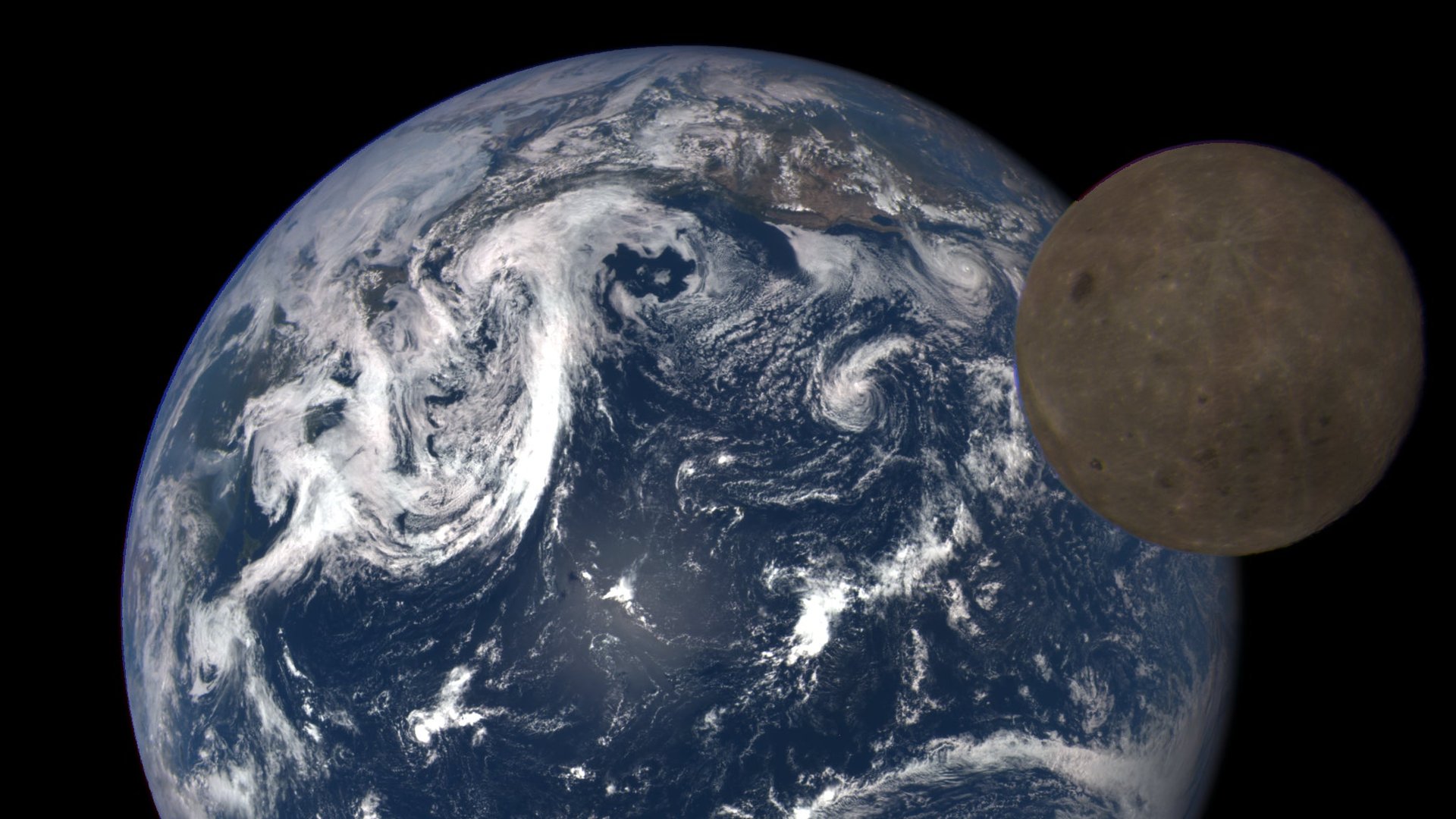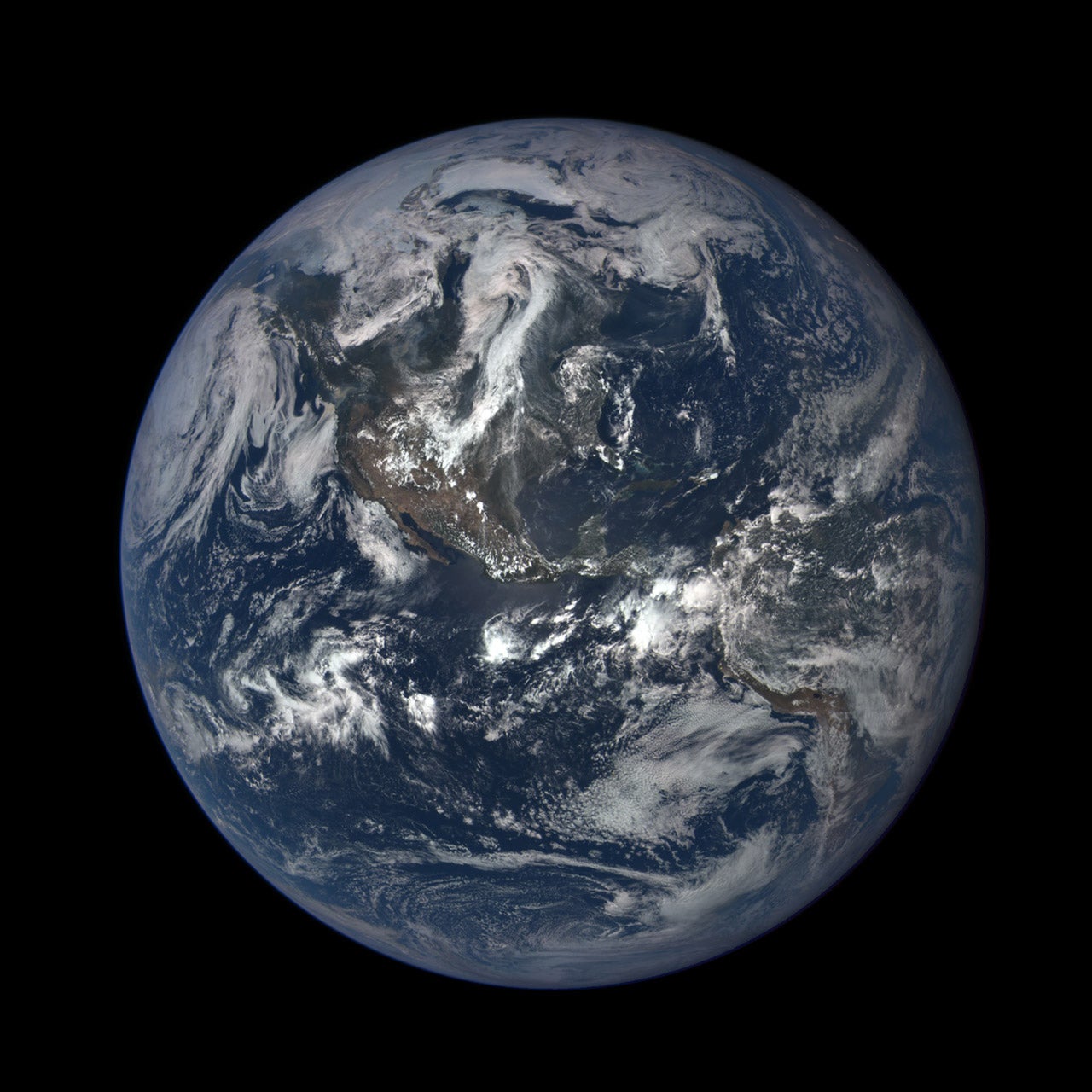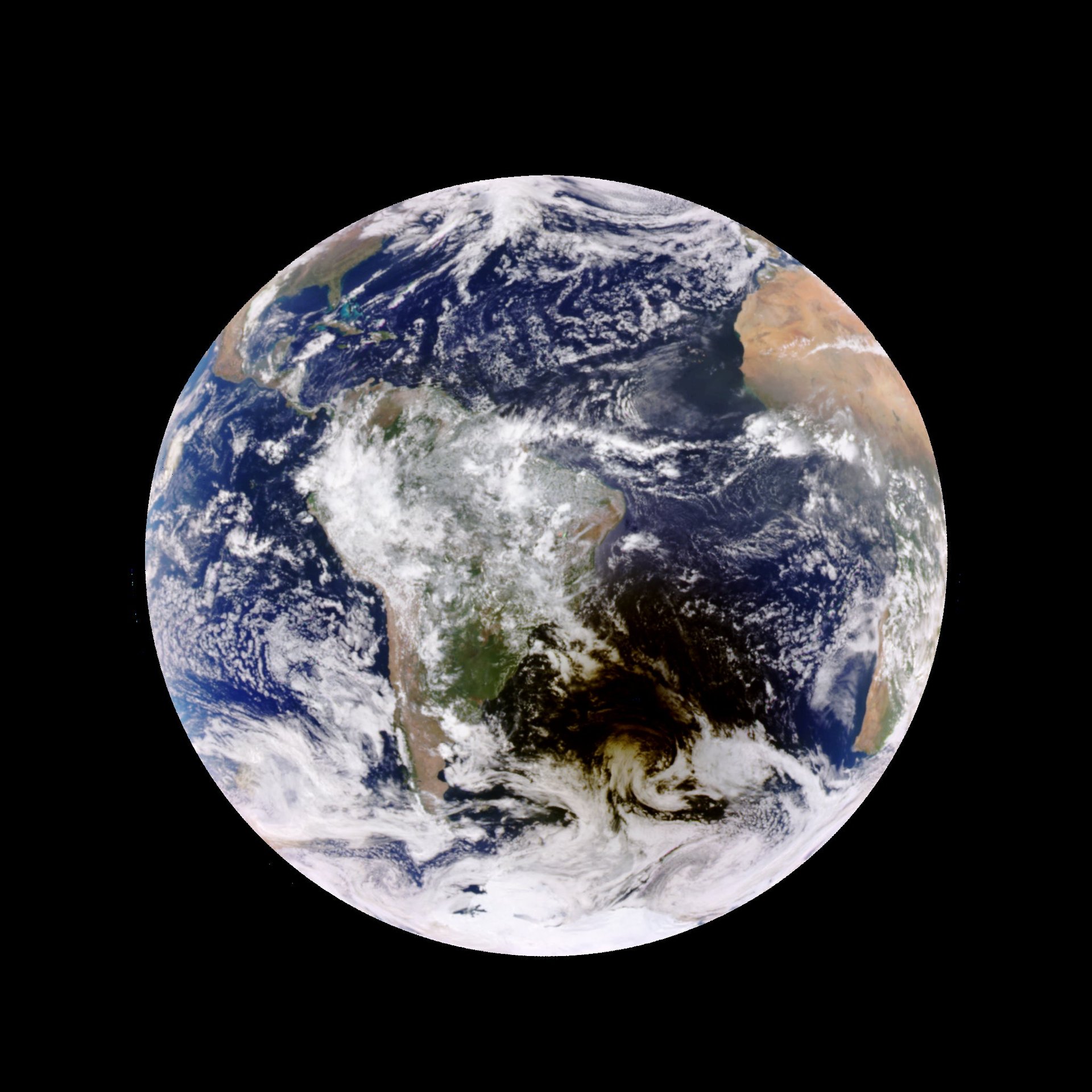Donald Trump wants to shut off an orbiting space camera that monitors climate change
The Deep Space Climate Observatory is an American satellite that sits in a special orbit between the earth and the sun, about 1.5 million kilometers away from us. That distance allows it to capture unique images of the entire earth. Today, US president Donald Trump said he wants to shut down those cameras.


The Deep Space Climate Observatory is an American satellite that sits in a special orbit between the earth and the sun, about 1.5 million kilometers away from us. That distance allows it to capture unique images of the entire earth. Today, US president Donald Trump said he wants to shut down those cameras.
DSCOVR, as it is known, will still have a mission: Giving an early warning of solar weather events that could potentially cause damage back on earth, like power outages or interrupted communications.
But the satellite’s two other observation tools, one a camera that takes images across 10 different levels of the visual spectrum, the other a radiometer to measure radiation on earth, will apparently be shut off. (NASA hasn’t responded to a question about how, exactly, that would work.)

DSCOVR’s cameras are intended to monitor changes in earth’s climate and weather patterns, from ozone and aerosols to temperature and deforestation. One of the scientists involved in developing the satellite told Air and Space Magazine that it would “be like having a thermometer for the whole planet.”
Its camera, called EPIC, also produces incredible images of earth, akin to the iconic ”Blue Marble” image snapped by an astronaut onboard Apollo 17 in 1972, one of the first views of the entire earth from space. (That hasn’t stopped some people insisting it’s flat.)
Why is the satellite’s job being cut? No justification is given in the president’s new budget, but cost is probably not part of it. Last year, NASA forecast the work of operating the satellite and processing its data would cost $1.2 million in 2018, a sliver of Trump’s overall NASA budget request of $19.1 billion. In fact, it was the space agency’s second cheapest ongoing earth sciences program.

The simple explanation is that cutting DSCOVR, along with three other NASA earth science missions that were still under development, is part of the administration’s “see no evil” strategy on man-made climate change, influenced by the fossil-fuels industry. If the government stops collecting data on the weather, it won’t have to worry about doing anything about it.
Politics have always dogged this satellite’s mission. Former vice president Al Gore championed it, but George W. Bush’s administration mothballed it. It finally had a chance to fly during the Obama presidency. Given opposition to NASA’s earth science programs from Republican lawmakers who don’t want to track climate change, either, it may take another election to turn DSCOVR’s cameras back on.